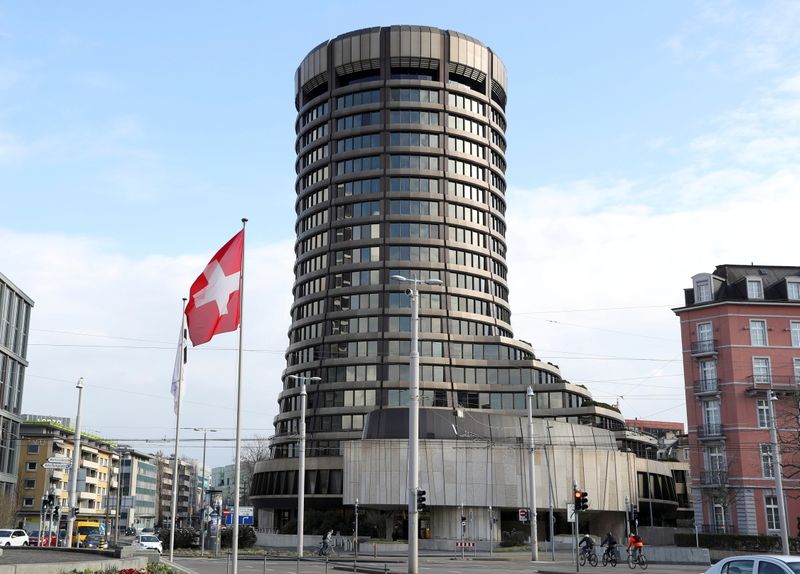LONDON (Reuters) – Some of the European Union’s biggest banks are holding less capital than they should by using transactions to temporarily compress their balance sheets, a research paper from the Bank for International Settlements said on Thursday.
After several banks had to be rescued by taxpayers during the global financial crisis over a decade ago, global regulators now designate the biggest among them as globally systemic banks or G-SIBs to face tougher capital rules.
Each year, G-SIBs are slotted into buckets, with tougher rules for those in the higher buckets.
The paper from the BIS, a forum for central banks based in Basel, Switzerland, said “window dressing” or using transactions to compress assets and liabilities at the end of the year, is blurring data used by regulators and thus affecting the actions they take.
The volume and riskiness of assets and liabilities determine how much capital must be held, but banks are able to “manage down” their G-SIB score and reduce their capital surcharges, the paper said.
“Up to 13 banks in the EU would have faced more intense supervision and higher capital requirements in the absence of window dressing,” the paper said, without naming them.
“Of these, three banks would have been added to the G-SIB list, whereas 10 banks would have been allocated to a higher G-SIB bucket in at least one year,” the paper added.
Window dressing has long been a bugbear of regulators, but the paper from the BIS suggests that regulators should be taking a more granular approach to designating G-SIBs, which affect the stability of the financial system.
“Our findings underscore the importance of supervisory judgement in the assessment of G-SIBs and call for greater use of average as opposed to point-in-time data to measure banks’ systemic importance,” the paper said.
(Reporting by Huw Jones)



















